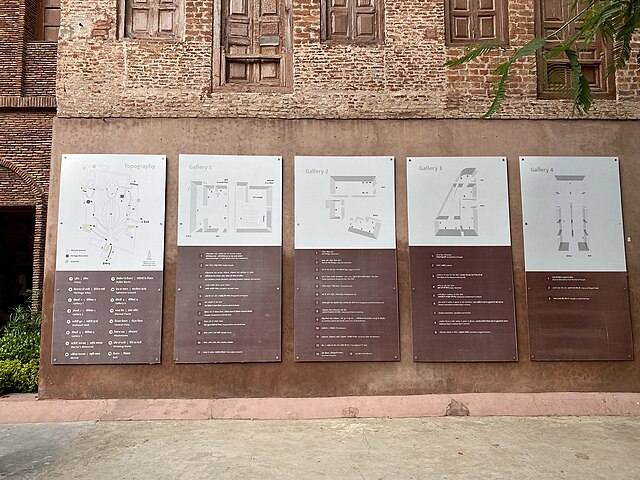Have you ever wondered how a single photograph can capture the weight of an entire nation’s trauma? The photos of Jallianwala Bagh don’t just show a memorial or a historical site – they tell the story of one of the most pivotal moments in India’s struggle for independence. These images serve as powerful reminders of sacrifice, resilience, and the price of freedom.
In this comprehensive guide, we’ll explore the visual documentation of Jallianwala Bagh, from the earliest photographs taken in the aftermath of the 1919 massacre to the modern-day images that continue to educate and inspire millions of visitors. Whether you’re a history enthusiast, a photography lover, or someone planning to visit this sacred memorial, this article will take you on a visual journey through time.
The Historical Significance of Jallianwala Bagh
What Happened on April 13, 1919?
Picture this: thousands of peaceful protesters gathered in a small garden in Amritsar, Punjab. They had come to celebrate Baisakhi, a spring harvest festival, and to protest against the oppressive Rowlatt Act. What they didn’t know was that this gathering would become one of the darkest chapters in British colonial history.
The photographs from this period, though limited, capture the essence of that fateful day. General Reginald Dyer ordered his troops to fire on the unarmed crowd without warning. The narrow entrance to the garden became a death trap, and within minutes, hundreds lay dead while many more were wounded.
Early photographic evidence shows the stark reality of the massacre. Images of bullet holes in the walls, the well where people jumped to escape the firing, and the bloodstained ground tell a story that words alone cannot convey. These photos became crucial evidence in later investigations and helped shape public opinion against British rule.
The Aftermath and Its Impact on India’s Freedom Struggle
The photographic documentation of the aftermath played a crucial role in galvanizing the Indian independence movement. Pictures of the memorial services, the grief-stricken families, and the damaged garden spread across India like wildfire. These images weren’t just photographs – they were catalysts for change.
Mahatma Gandhi’s reaction to these photos was profound. He described the massacre as a “monstrous” act, and the visual evidence strengthened his resolve for non-violent resistance. The photographs helped transform local outrage into a nationwide movement for independence.
The Power of Photography in Documenting History
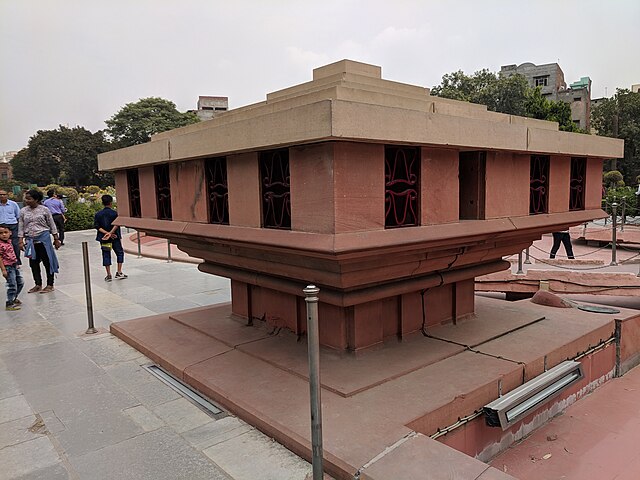
Early Photography in Colonial India
Photography in 1919 India was still in its infancy, making the existing photos of Jallianwala Bagh even more precious. The British had introduced photography to India in the 1840s, primarily for administrative and documentary purposes. By 1919, cameras were becoming more accessible, but photographing sensitive political events was risky business.
The few photographs that survive from the immediate aftermath of the massacre show the raw, unfiltered reality of colonial brutality. These black and white images carry an emotional weight that transcends time, connecting us directly to that tragic day over a century ago.
Why Visual Documentation Matters
Think about it – would the impact of Jallianwala Bagh be the same without photographs? Visual documentation serves as irrefutable evidence, emotional connection, and educational tool all rolled into one. Photos don’t lie, don’t fade with memory, and don’t change with retelling.
The photographs of Jallianwala Bagh serve multiple purposes:
- They preserve historical accuracy
- They educate future generations
- They honor the memory of the victims
- They serve as a warning against repeating history’s mistakes
Iconic Jallianwala Bagh Photos Through the Decades
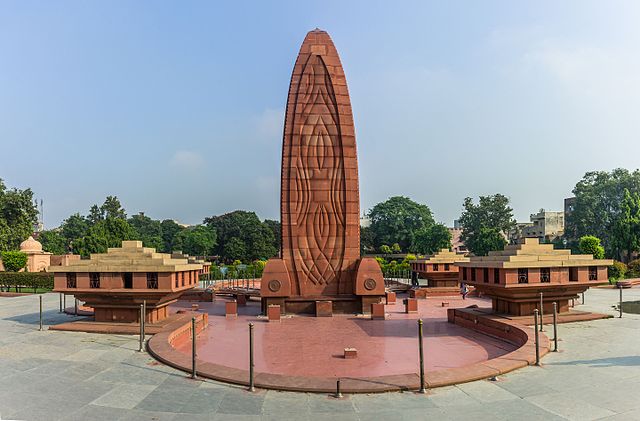
Original Documentation from 1919
British Official Records
The British administration, despite trying to suppress information about the massacre, couldn’t completely erase the photographic evidence. Official records include photographs taken during the investigation led by the Hunter Commission. These images show the garden’s layout, the bullet marks on walls, and the narrow entrance that trapped so many victims.
These official photographs, though taken with the intent of documentation rather than condemnation, accidentally became powerful evidence against the perpetrators. The clinical nature of these images somehow makes them even more haunting – they show the massacre site as a crime scene, which it truly was.
Indian Witness Accounts
Local photographers and witnesses also captured images, though many were confiscated or destroyed by authorities. The few that survived show the human side of the tragedy – grieving families, makeshift medical camps, and the community coming together in the face of unimaginable loss.
These photographs, often taken at great personal risk, represent the courage of those who refused to let the truth be buried. They’re grainier, less professionally composed, but they carry an authenticity that official records lack.
Memorial Construction Photos
The construction of the Jallianwala Bagh Memorial began in the 1950s, and photographs from this period show India’s determination to honor its martyrs. Images of foundation laying ceremonies, construction progress, and the dedication ceremony in 1961 tell the story of a nation healing and remembering.
These construction photos are particularly moving because they show ordinary Indians – workers, officials, visitors – participating in the creation of a permanent memorial. The photographs capture not just the physical construction but the emotional rebuilding of a community.
Modern-Day Photography of the Memorial
Today’s photographs of Jallianwala Bagh Memorial show how the site has evolved into a place of pilgrimage and education. High-quality color photographs reveal details that earlier black and white images couldn’t capture – the carefully maintained gardens, the memorial plaques in multiple languages, and the respectful silence of visitors.
Modern photography techniques have allowed for dramatic shots that emphasize the memorial’s emotional impact. Sunset photos with the Eternal Flame, wide-angle shots showing the scale of the garden, and close-ups of bullet holes in the walls all serve to keep the memory alive for new generations.
Famous Photographers Who Captured Jallianwala Bagh
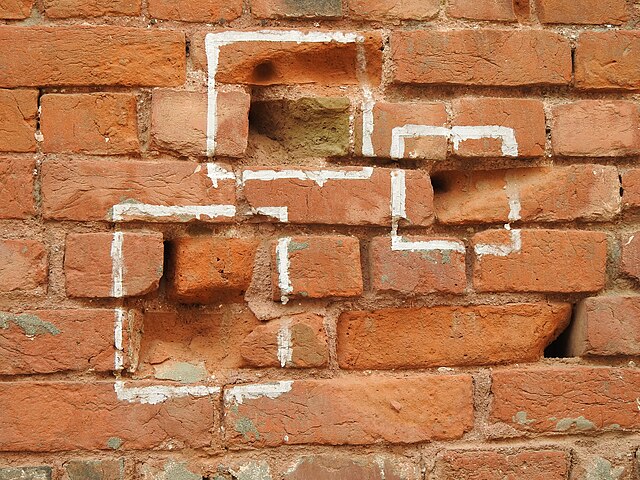
Historical Photographers
While many of the original photographers remain anonymous due to the sensitive nature of their work, some names have emerged from historical records. British photographers working for newspapers and magazines captured images that, despite official censorship, eventually reached international audiences.
Indian photographers, working often under pseudonyms or in secret, created some of the most emotionally powerful images. Their photographs show not just the physical aftermath but the emotional devastation of the community.
Contemporary Documentary Photographers
Modern photographers have approached Jallianwala Bagh with a different lens – literally and figuratively. Documentary photographers like Raghu Rai and others have created powerful photo essays that place the historical tragedy in contemporary context.
These modern photographers bring technical expertise and artistic vision to their documentation, creating images that are both historically informative and visually compelling. Their work helps bridge the gap between past and present, making history accessible to younger generations.
The Memorial Today: A Photographic Journey

Architecture and Design Elements
The memorial’s architecture is itself a subject worthy of photography. The red sandstone structures, the carefully planned pathways, and the preserved well all create powerful visual compositions. Photographers often focus on the contrast between the peaceful garden setting and the tragic history it represents.
The design elements – from the memorial plaques to the landscaping – have been photographed extensively. These images show how architecture can serve memory, creating spaces that are both beautiful and solemn.
The Eternal Flame
The Eternal Flame at Jallianwala Bagh has become one of the most photographed elements of the memorial. Images of the flame against different times of day and weather conditions create powerful visual metaphors for memory that never dies.
Night photography of the Eternal Flame is particularly striking, with the flame providing the only light in darkness – a perfect metaphor for hope surviving tragedy. These photographs often become iconic representations of the memorial itself.
The Martyrs’ Gallery
The Martyrs’ Gallery, with its photographs and information about the victims, has itself become a subject of photography. Images of visitors reading the displays, children learning about history, and elderly people paying respects create a visual narrative about how memory is passed down through generations.
These photographs of people engaging with history show the memorial fulfilling its educational purpose. They capture the emotional responses of visitors, from tears to quiet contemplation, demonstrating the lasting impact of the tragedy.
Visitor Experience Through Photos
Photographs of visitors to Jallianwala Bagh tell their own story. Images of school children on educational trips, families paying respects, and international visitors learning about Indian history show how the memorial serves different communities.
The diversity of visitors captured in photographs reflects the universal impact of the Jallianwala Bagh story. These images show people of all ages, backgrounds, and nationalities united in their respect for the victims and their commitment to remembering history.
Digital Archives and Online Collections
Government Archives
The Government of India maintains extensive digital archives of Jallianwala Bagh photographs. These collections include everything from the original investigation photos to modern documentation of the memorial. The digitization of these archives has made historical images accessible to researchers and the general public worldwide.
These digital collections are constantly being updated with new acquisitions and improved image quality. High-resolution scans of original photographs reveal details that weren’t visible in earlier reproductions, providing new insights into historical events.
Museum Collections
Museums across India and internationally house significant collections of Jallianwala Bagh photographs. The Partition Museum in Amritsar, the National Museum in New Delhi, and various international institutions maintain both physical and digital collections.
These museum collections often include photographs not available elsewhere, including personal collections donated by families and private collectors. The curation of these images by professional historians and archivists ensures their preservation and appropriate context.
Educational Resources
Educational institutions have created extensive photo libraries for teaching purposes. These collections include not only historical photographs but also modern educational materials, interactive exhibits, and virtual tours.
The use of Jallianwala Bagh photographs in education has evolved significantly. From simple textbook illustrations to immersive digital experiences, these images continue to educate new generations about this pivotal moment in Indian history.
Photography Tips for Visiting Jallianwala Bagh
Best Times for Photography
If you’re planning to photograph Jallianwala Bagh, timing is crucial. Early morning light provides soft, even illumination that’s perfect for capturing the memorial’s architecture. The golden hour before sunset creates dramatic lighting that emphasizes the emotional weight of the location.
Weather conditions also play a role in photography. Cloudy days provide even lighting that’s excellent for detailed shots, while clear days offer opportunities for dramatic sky compositions. Rain can add atmospheric elements to photographs, though it requires careful equipment protection.
Respectful Photography Guidelines
Photography at Jallianwala Bagh requires sensitivity and respect. This is a memorial site where hundreds died, and your photography should honor their memory. Avoid posed shots that might appear frivolous or disrespectful.
Focus on documentary-style photography that captures the memorial’s purpose and impact. Wide shots showing the scale of the garden, detail shots of memorial elements, and candid images of respectful visitors all contribute to meaningful documentation.
Consider the noise level of your equipment. In such a solemn place, the click of a camera shutter can be disruptive. Many modern cameras offer silent shooting modes that are perfect for this environment.
The Role of Social Media in Sharing Historical Photos
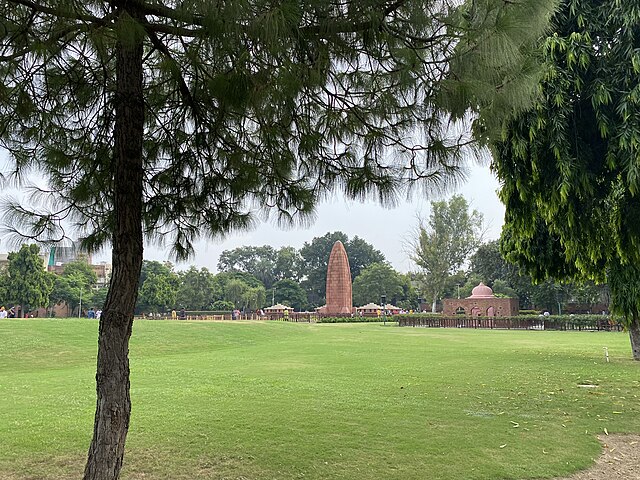
Educational Impact
Social media platforms have revolutionized how historical photographs of Jallianwala Bagh reach new audiences. Instagram, Facebook, and Twitter have become platforms for sharing both historical images and contemporary photographs of the memorial.
The viral nature of social media means that a single powerful photograph can reach millions of people worldwide. This has helped keep the memory of Jallianwala Bagh alive among younger generations who might not otherwise encounter this history.
However, the speed of social media also presents challenges. Historical photographs can be shared without proper context or accuracy, leading to misinformation. This makes it crucial for educational institutions and historians to actively participate in social media to provide accurate information.
Preserving Memory for Future Generations
Digital photography and social sharing have created new ways to preserve and transmit memory. Every visitor to Jallianwala Bagh who shares a thoughtful photograph contributes to keeping this history alive.
The challenge lies in maintaining the gravity and respect that the subject deserves while making it accessible to new audiences. The best social media posts about Jallianwala Bagh combine powerful imagery with educational content, creating posts that both inform and inspire.
Conclusion
The photographs of Jallianwala Bagh serve as more than just historical documentation – they’re windows into one of the most significant moments in India’s journey to independence. From the earliest black and white images capturing the immediate aftermath of the massacre to today’s high-resolution digital photographs of the memorial, each image tells part of a larger story about sacrifice, memory, and the power of visual testimony.
These photographs have evolved from evidence of a tragedy to tools of education, from documentation of loss to inspiration for justice. They remind us that history isn’t just dates and facts in textbooks – it’s real people who suffered, fought, and died for the freedoms we enjoy today.
Whether you encounter these images in a museum, a textbook, or on social media, take a moment to consider their power. Each photograph represents not just a moment in time but a commitment to never forget the price of freedom. In our digital age, we have both the opportunity and the responsibility to ensure that these images continue to educate, inspire, and remind future generations of their historical significance.
The photos of Jallianwala Bagh will continue to serve as silent witnesses to history, ensuring that the sacrifice of those who died on April 13, 1919, will never be forgotten. In preserving and sharing these images, we honor their memory and commit to building a world where such tragedies never happen again.
Frequently Asked Questions
1. Are there any original photographs from the day of the Jallianwala Bagh massacre?
Very few original photographs exist from April 13, 1919, due to the limited availability of cameras and the immediate aftermath chaos. Most existing photos were taken during the subsequent investigation or show the aftermath. The British authorities also confiscated or destroyed many photographs to suppress evidence of the massacre.
2. Can visitors take photographs inside the Jallianwala Bagh Memorial?
Yes, photography is generally allowed at the Jallianwala Bagh Memorial, but visitors are expected to maintain respect and dignity. Flash photography may be restricted in certain areas, and it’s important to be mindful of other visitors and the solemn nature of the site. Always check current guidelines before visiting.
3. Where can I find the largest collection of historical Jallianwala Bagh photographs?
The largest collections are housed in the National Archives of India, the Partition Museum in Amritsar, and various state archives in Punjab. Many universities and international institutions also maintain significant collections. Digital archives are increasingly available online through government and educational websites.
4. What makes Jallianwala Bagh photographs historically significant?
These photographs serve as crucial historical evidence of British colonial brutality and played a significant role in galvanizing India’s independence movement. They provide visual testimony that words alone cannot convey, helping preserve the memory of the victims and educating future generations about this pivotal moment in Indian history.
5. How have modern photography techniques changed how we view Jallianwala Bagh?
Modern high-resolution photography, drone imagery, and advanced editing techniques have revealed details in the memorial that weren’t visible in earlier photographs. Contemporary photographers also bring artistic vision that helps make historical events more accessible to younger generations while maintaining appropriate reverence for the site’s significance.

